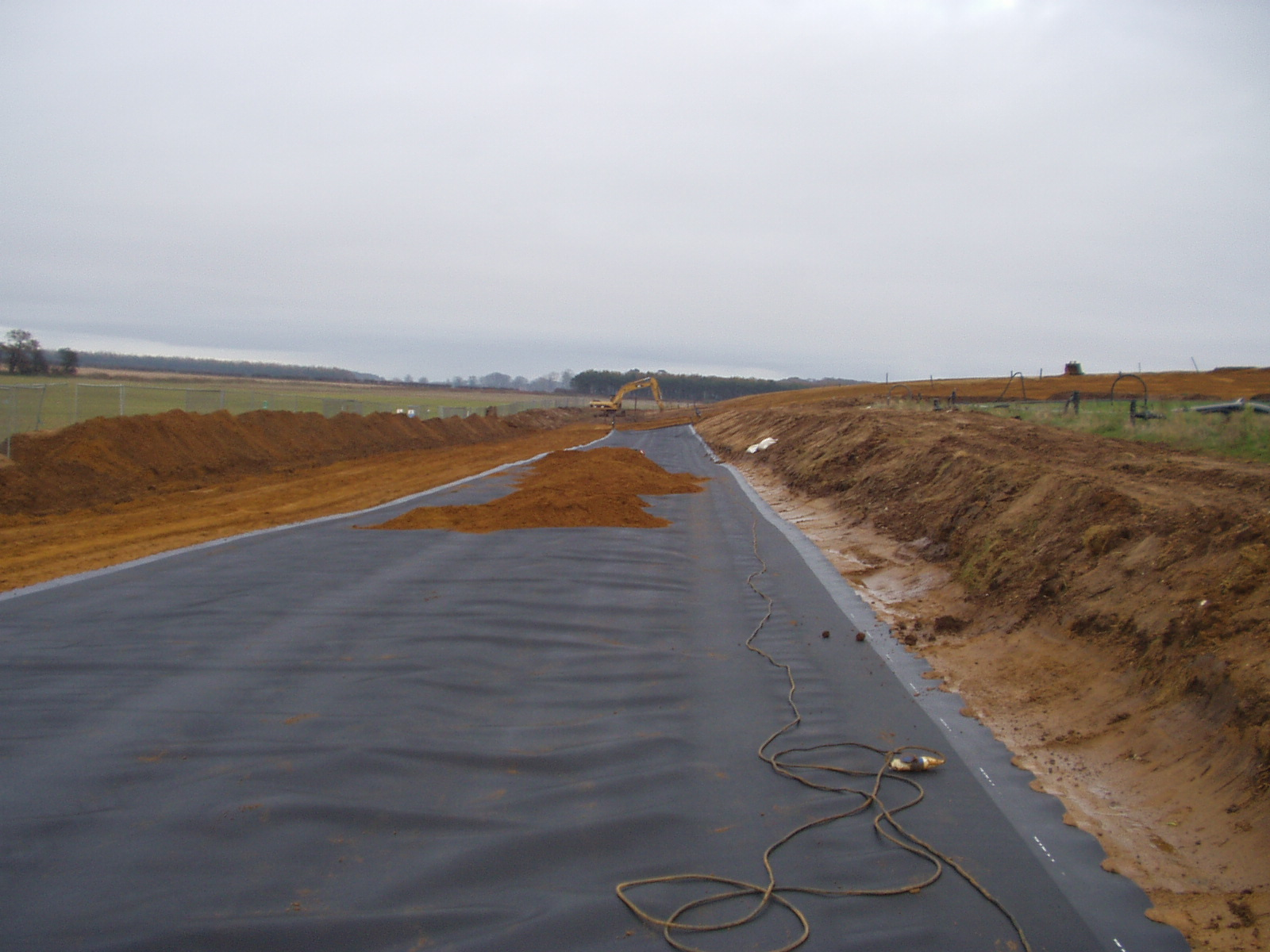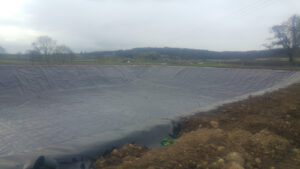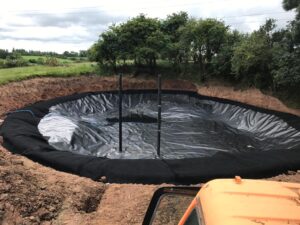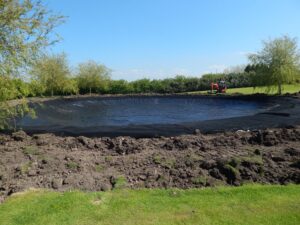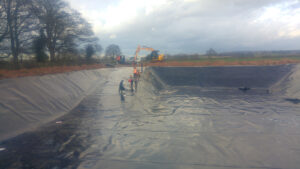Landfill capping on wetlands offers a range of significant benefits, providing environmental protection, habitat restoration, and long-term preservation of sensitive ecosystems. This process involves the closure and sealing of landfills located within or adjacent to wetlands, ensuring containment and preventing further environmental degradation.
Environmental Protection:
Capping landfills on wetlands involves covering them with impermeable layers such as geomembranes and soil, effectively containing hazardous materials. This prevents leachate seepage, reducing the risk of soil and water contamination within the wetland ecosystem.
Habitat Restoration:
By capping landfills in wetland areas, restoration efforts can commence. Once capped, these sites can be rehabilitated to resemble the natural wetland environment, promoting the re-establishment of native flora and fauna.
Prevention of Wildlife Contamination:
Sealing landfills helps safeguard wildlife within the wetlands from potential exposure to harmful substances or pollutants, ensuring their safety and preserving biodiversity.
Water Quality Improvement:
Capping landfills prevents the leaching of toxins into water sources within wetlands, thereby enhancing water quality and contributing to the overall health of the ecosystem.
Aesthetic Improvement:
Capping and restoring landfill areas within wetlands not only improve environmental conditions but also enhance the visual appeal of these landscapes, contributing to their aesthetic value.
Flood Prevention and Mitigation:
Properly capped landfills within wetlands can assist in flood prevention and mitigation by controlling surface water runoff and maintaining natural water flow patterns.
Erosion Control:
Capping prevents erosion of landfill surfaces, stabilising the area and reducing the potential for soil loss or disturbance within the wetland.
Regulatory Compliance and Environmental Responsibility:
Capping landfills on wetlands aligns with environmental regulations, ensuring compliance and demonstrating a commitment to responsible waste management.
Preservation of Wetland Integrity:
Capping protects the ecological integrity of wetlands, preserving these valuable ecosystems and their unique biodiversity for future generations.
Long-Term Sustainability:
Effective landfill capping measures ensure the long-term sustainability of wetland areas, mitigating potential risks and maintaining the health and functionality of these ecosystems.
Community and Stakeholder Support:
Capping and restoring landfill areas within wetlands garner community and stakeholder support by demonstrating a commitment to environmental conservation and preserving natural landscapes.
In conclusion, landfill capping on wetlands offers an array of benefits, ranging from environmental protection and habitat restoration to water quality improvement and long-term sustainability. These measures not only safeguard sensitive ecosystems but also reflect a commitment to responsible waste management practices and the preservation of natural resources. Investing in landfill capping on wetlands represents a critical step towards the restoration and protection of these vital ecological habitats.
To find out more about our products and services and how we can help you, please contact us using the below –
Tel: 01695 228626
Email: enquiries@enviroseal.co.uk

